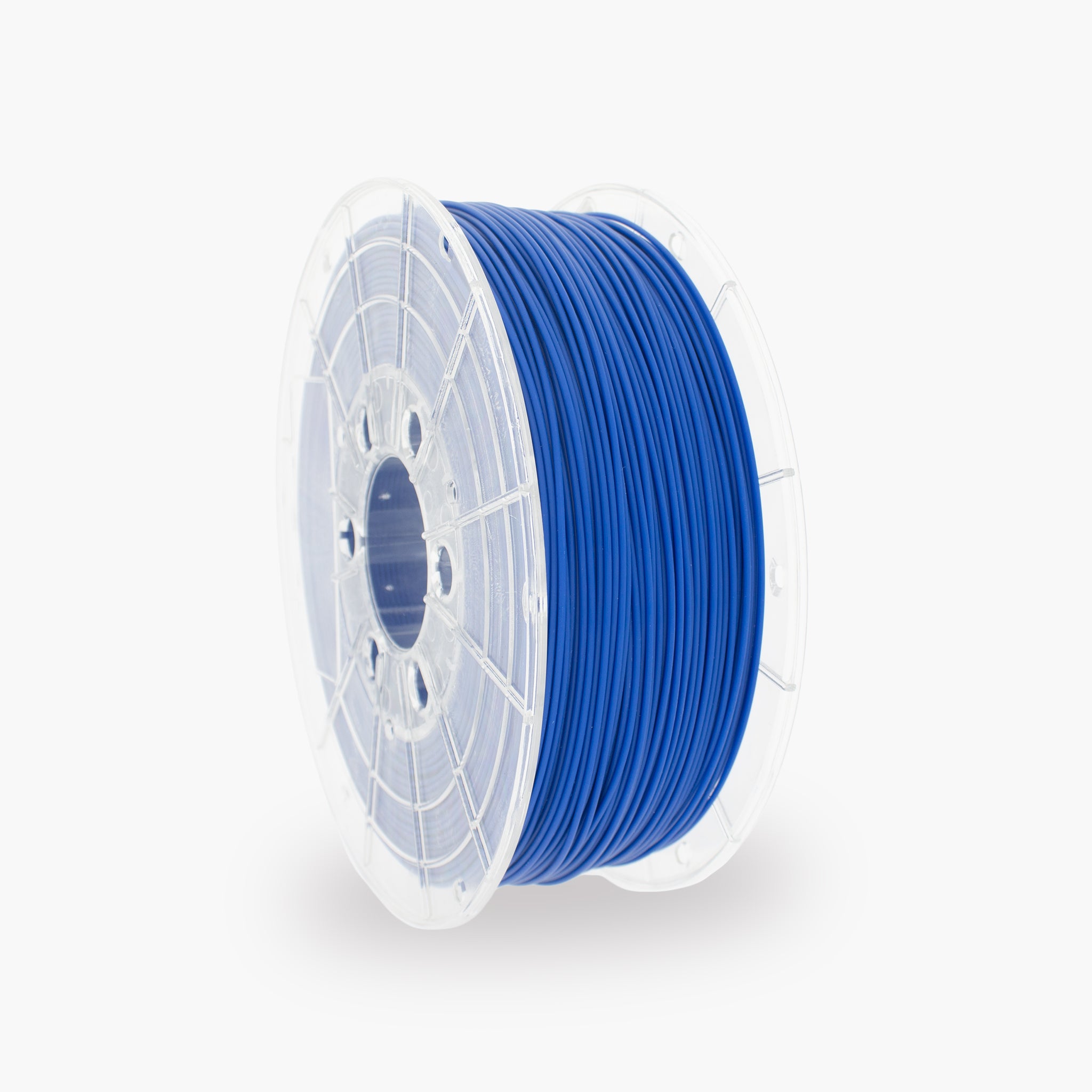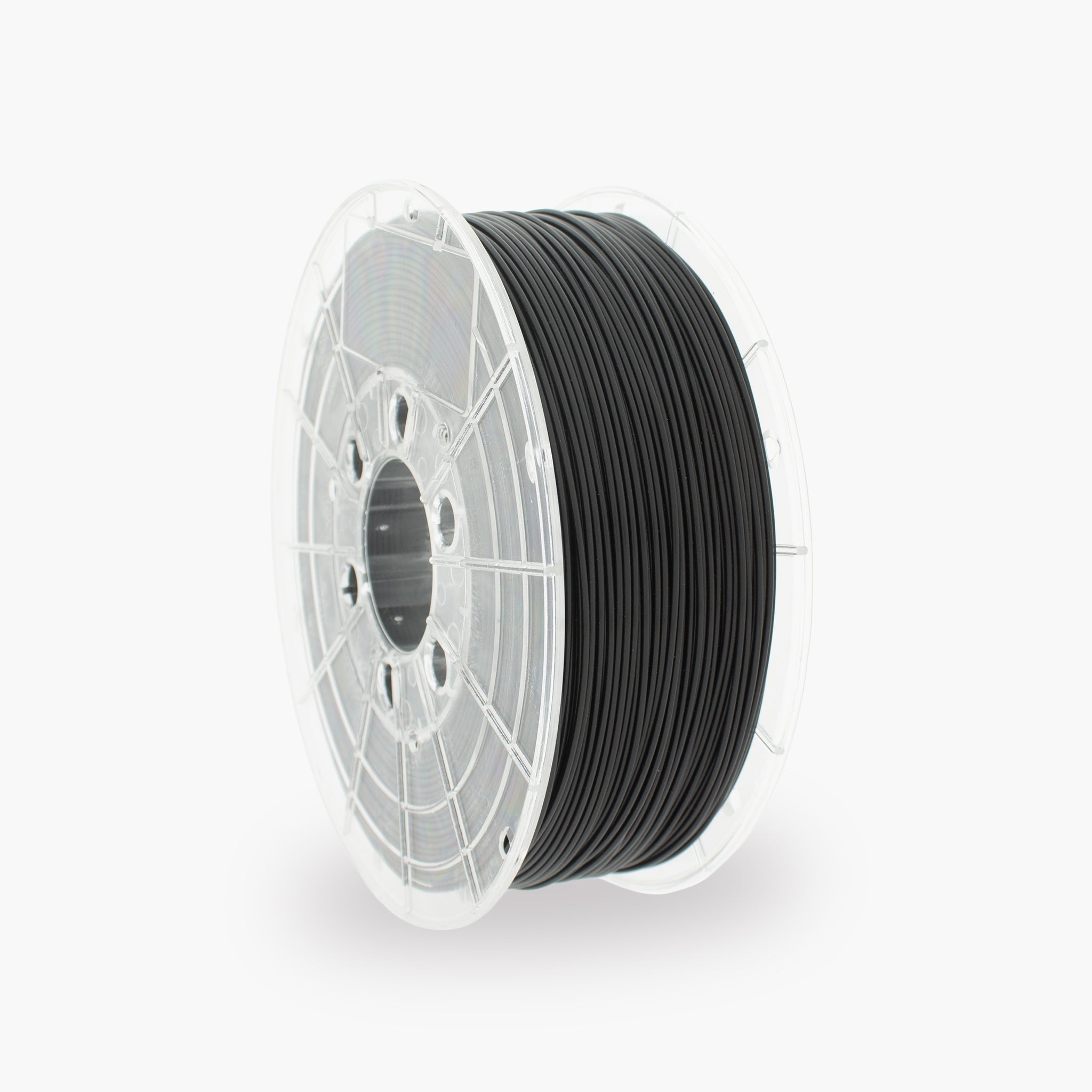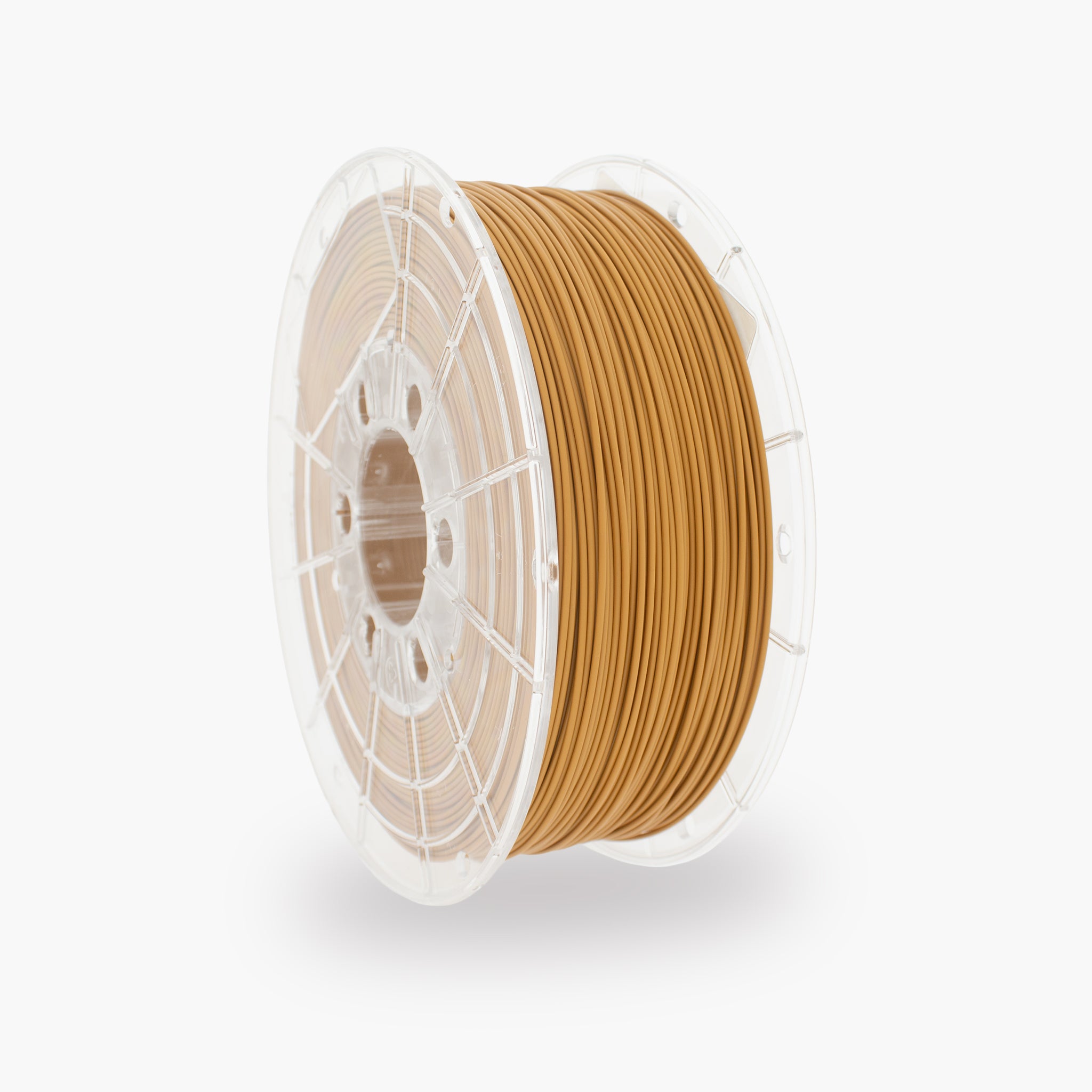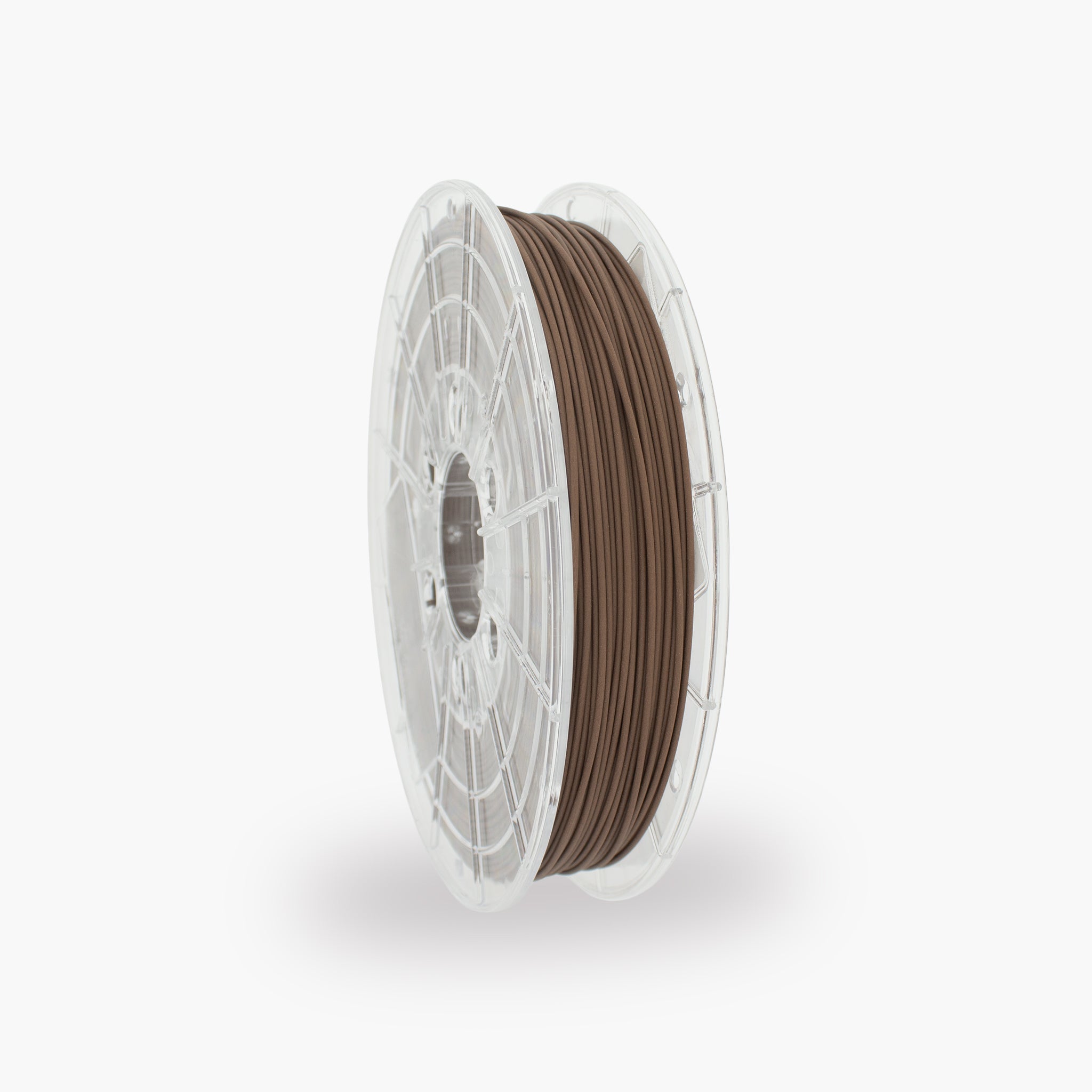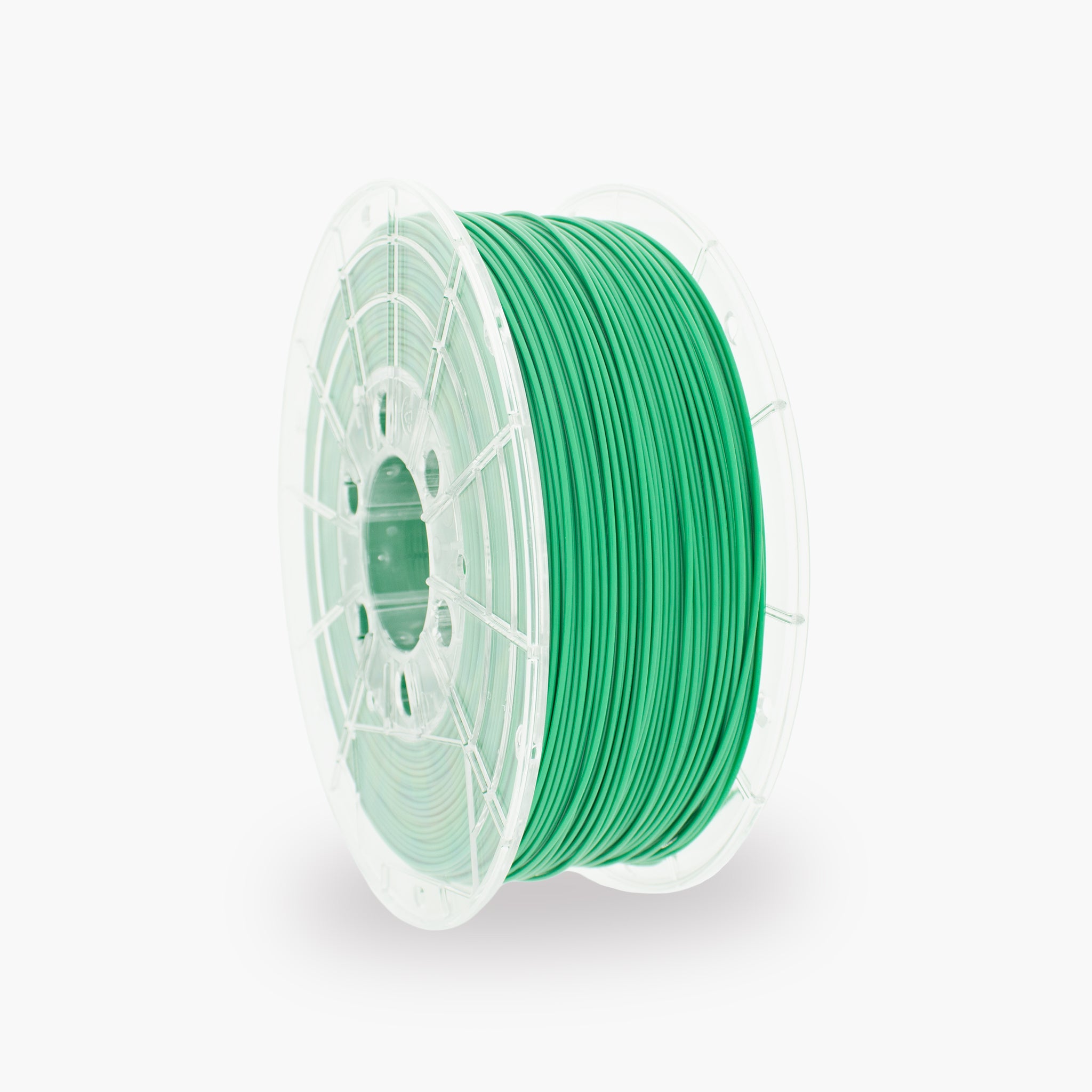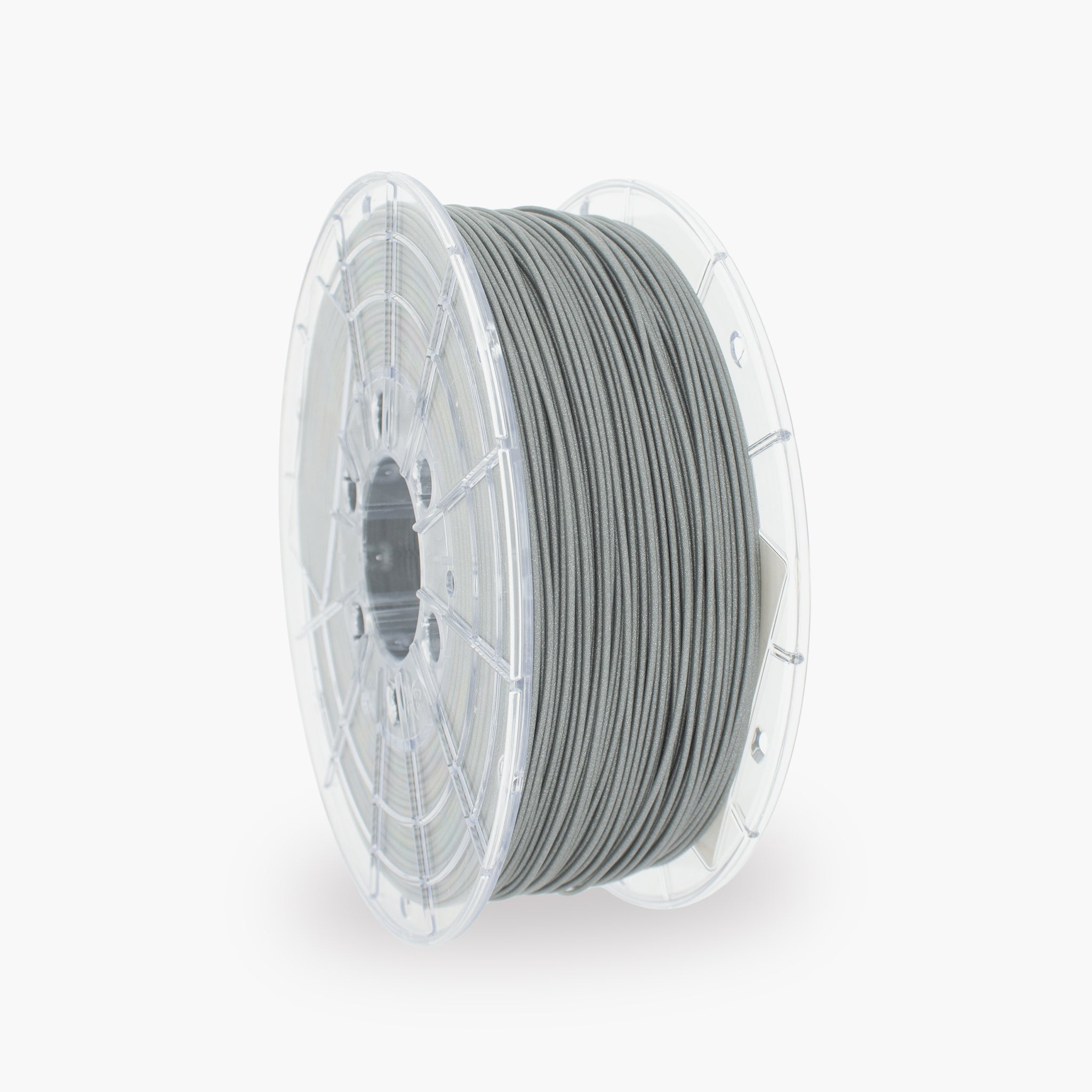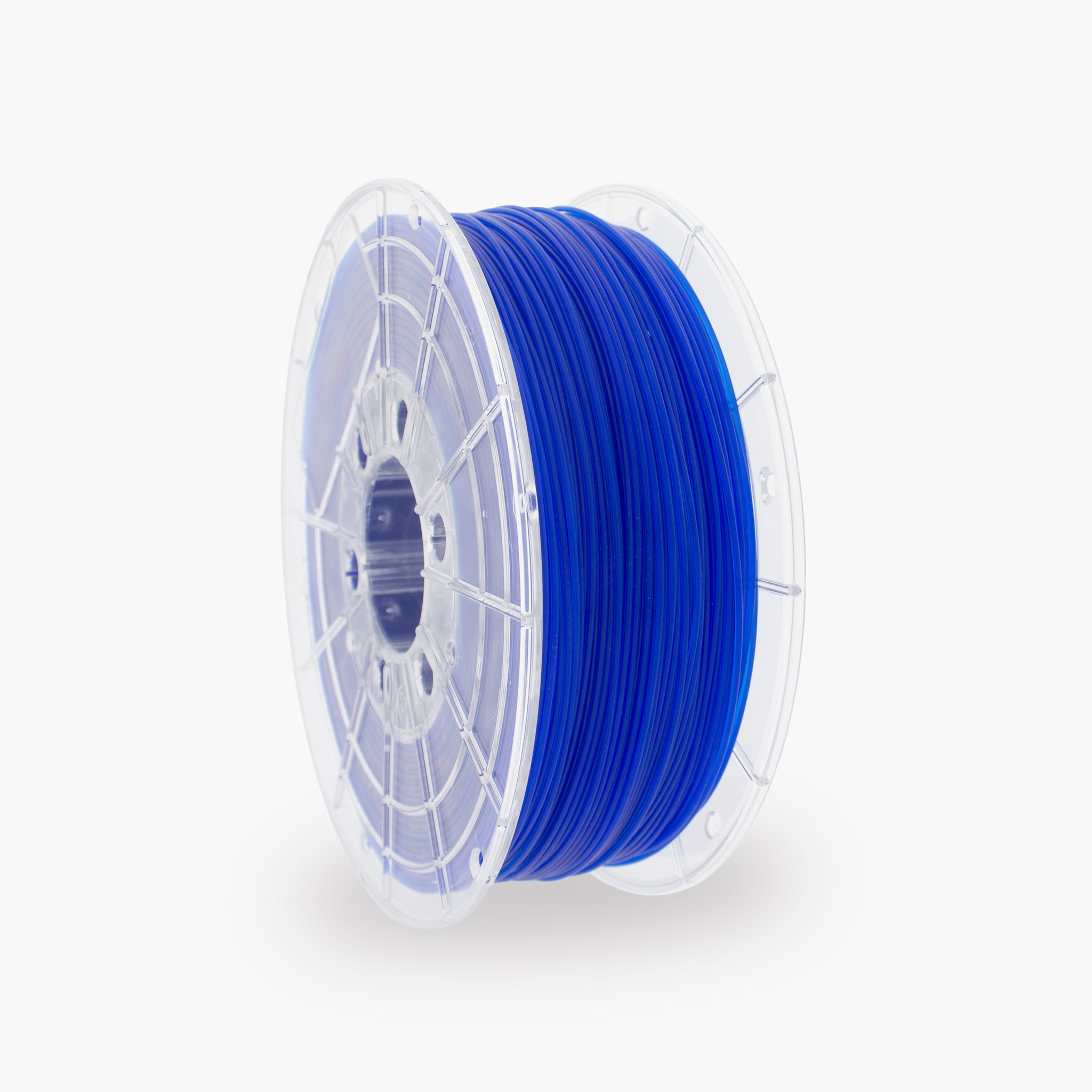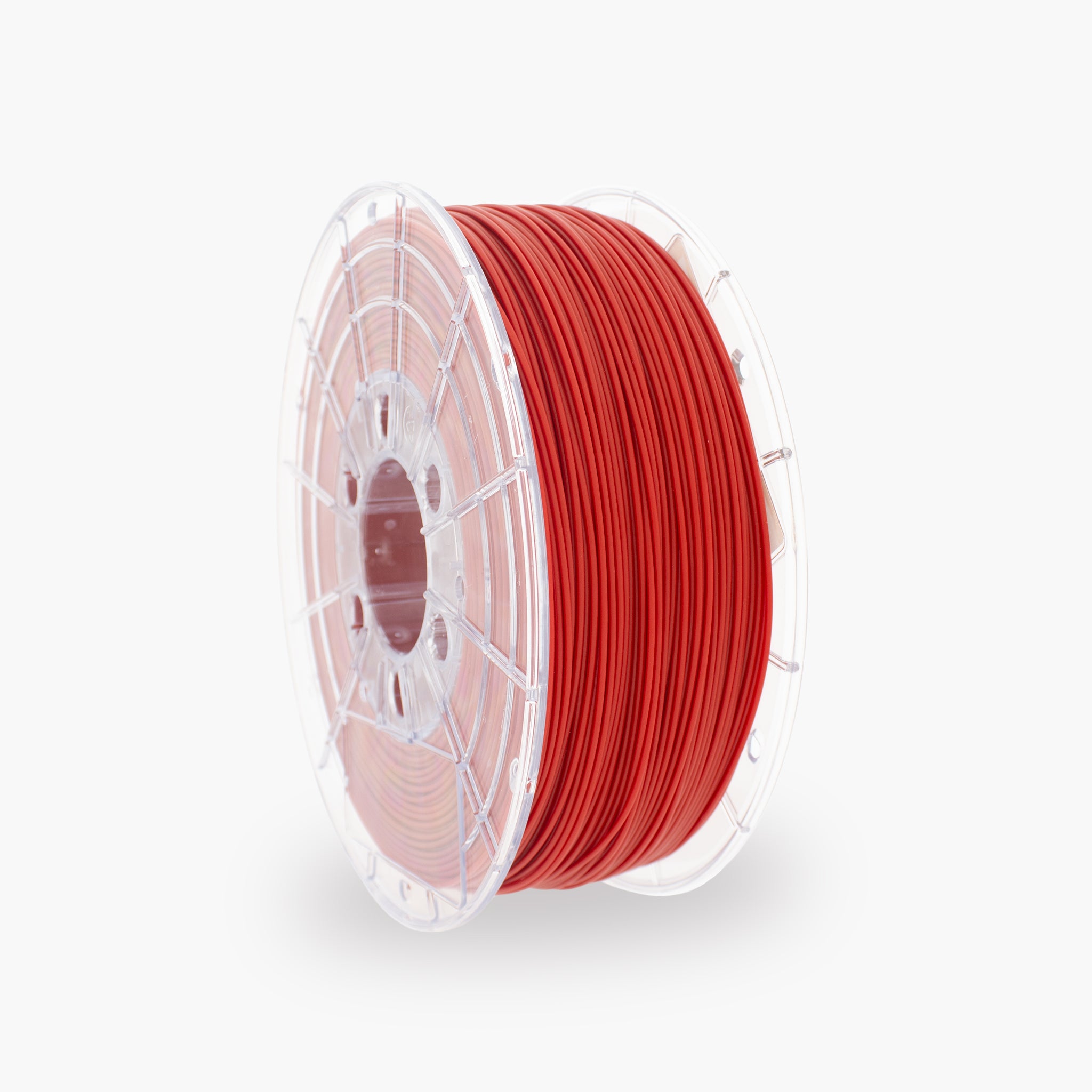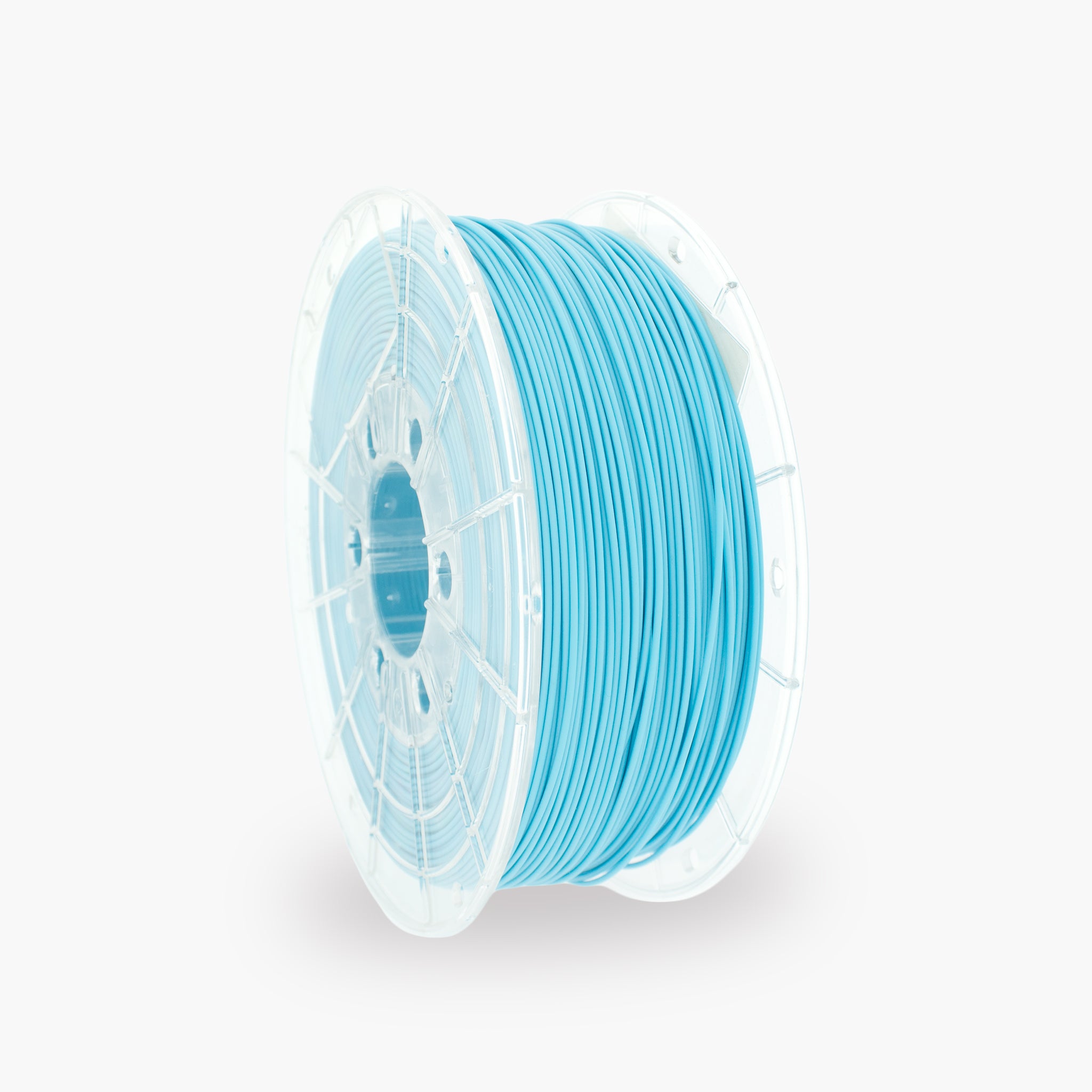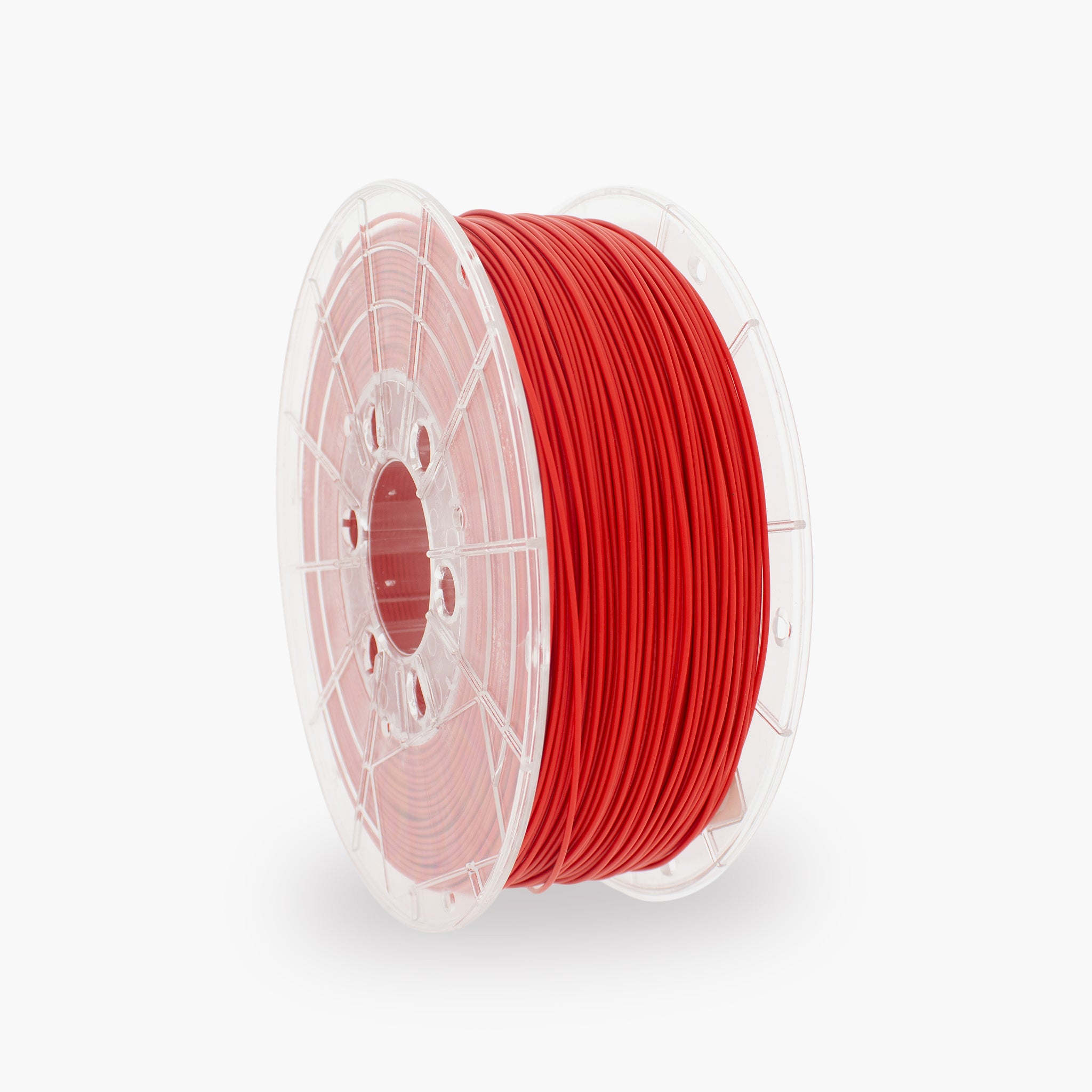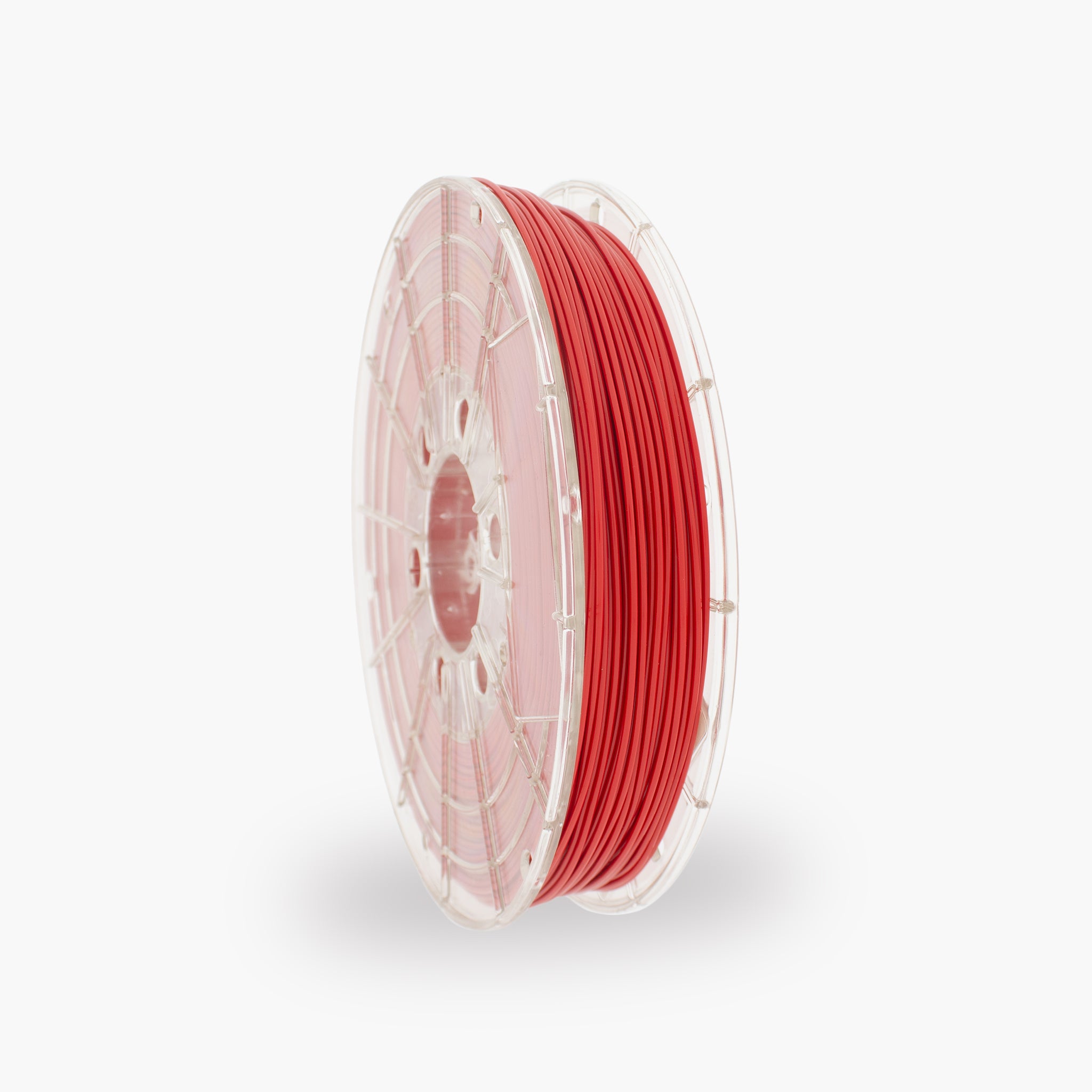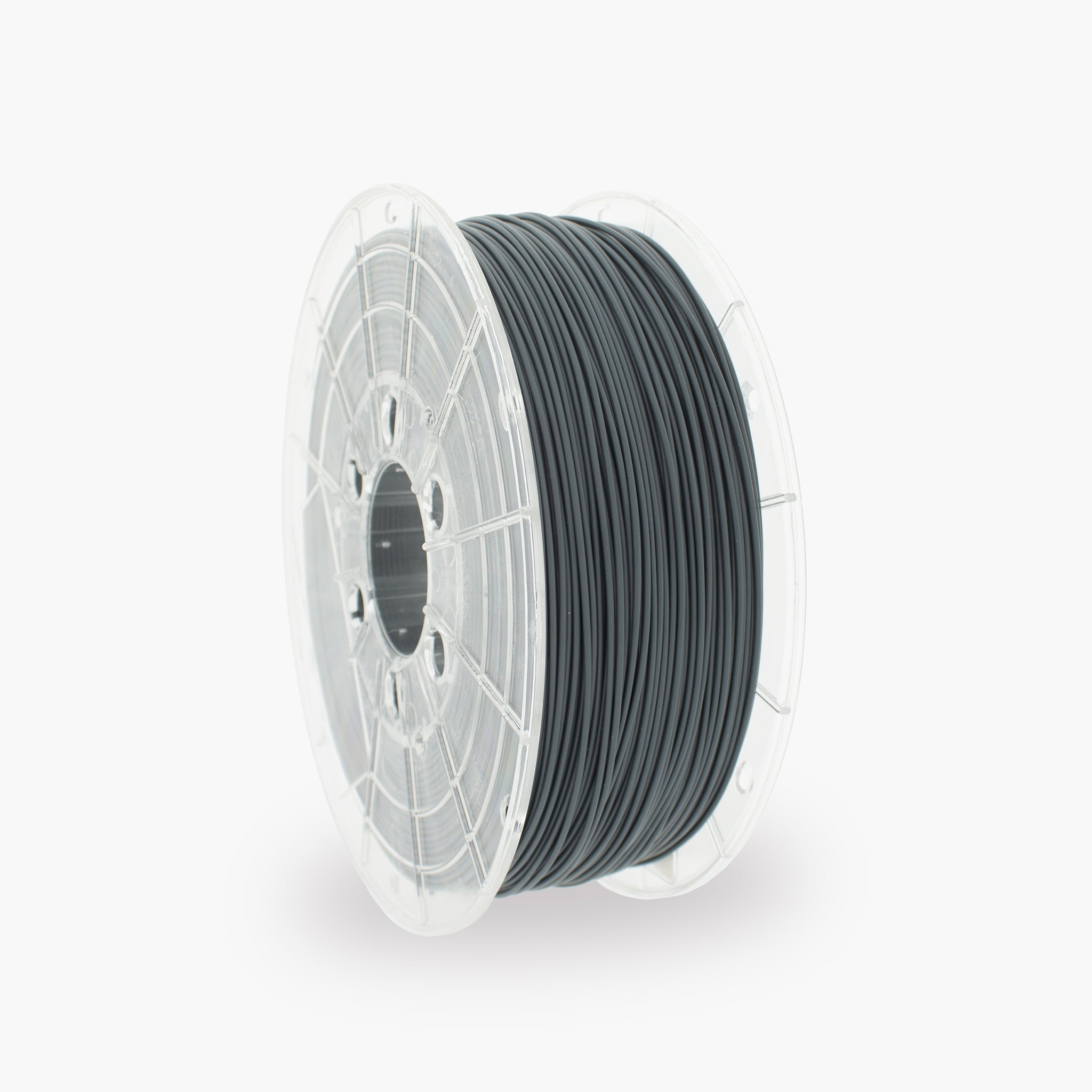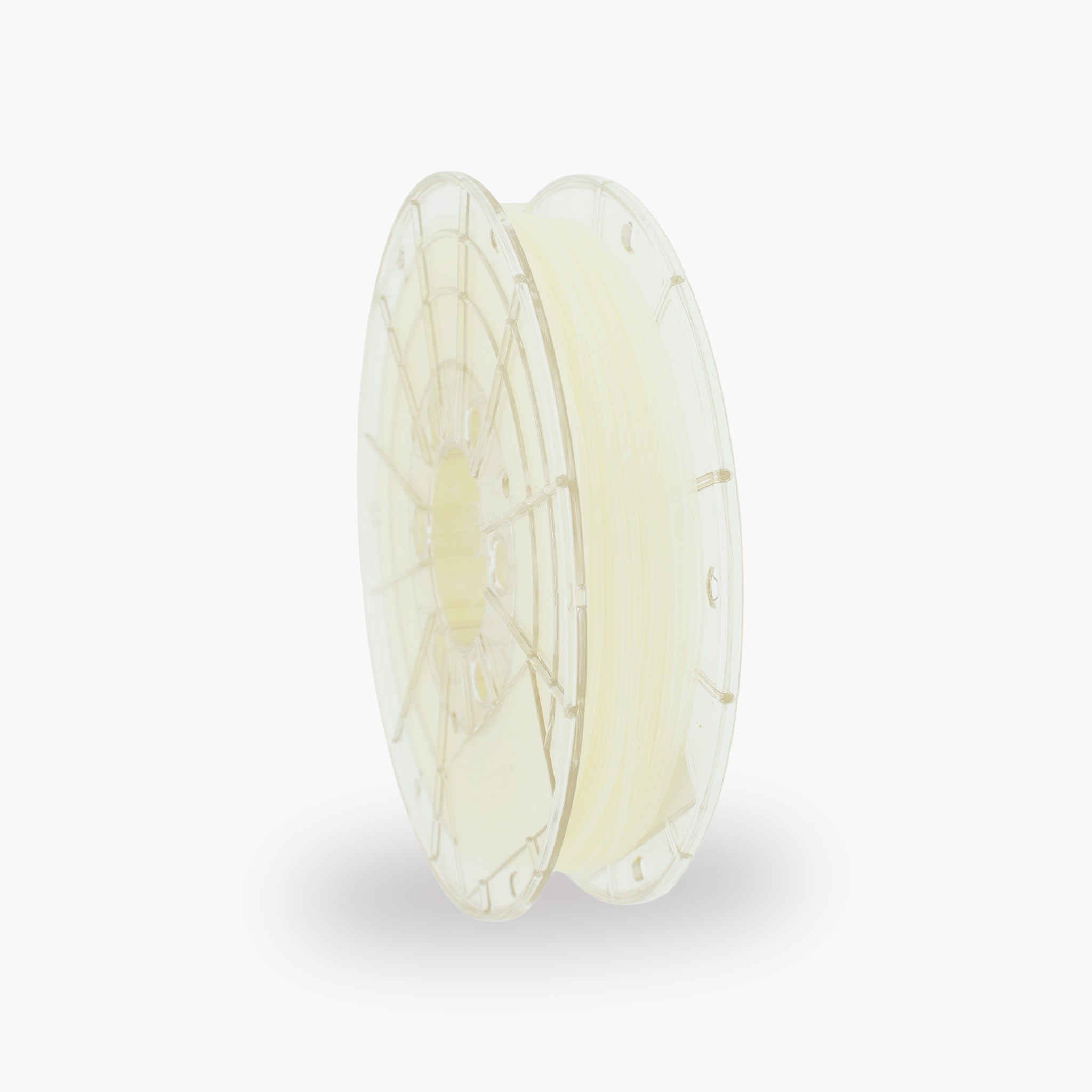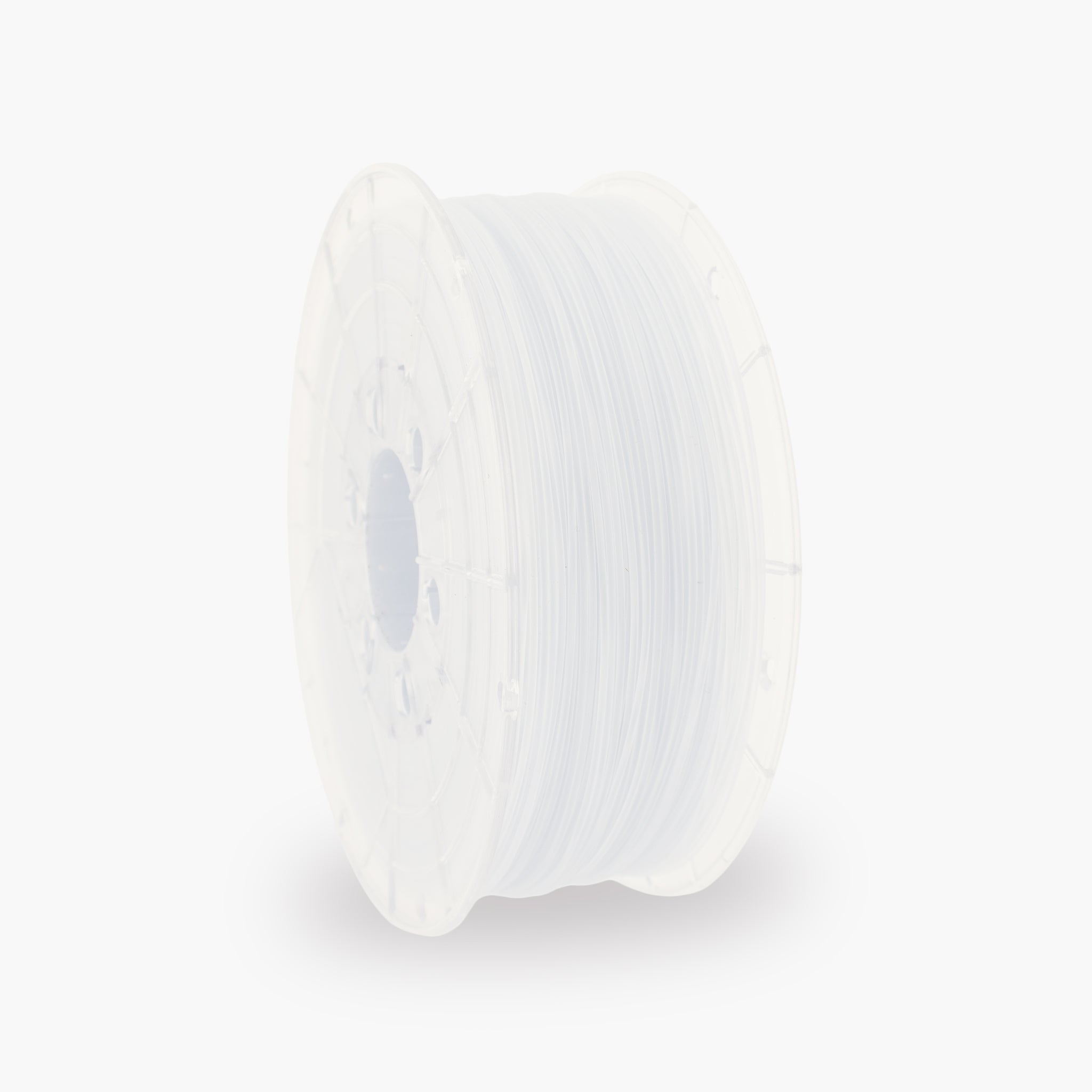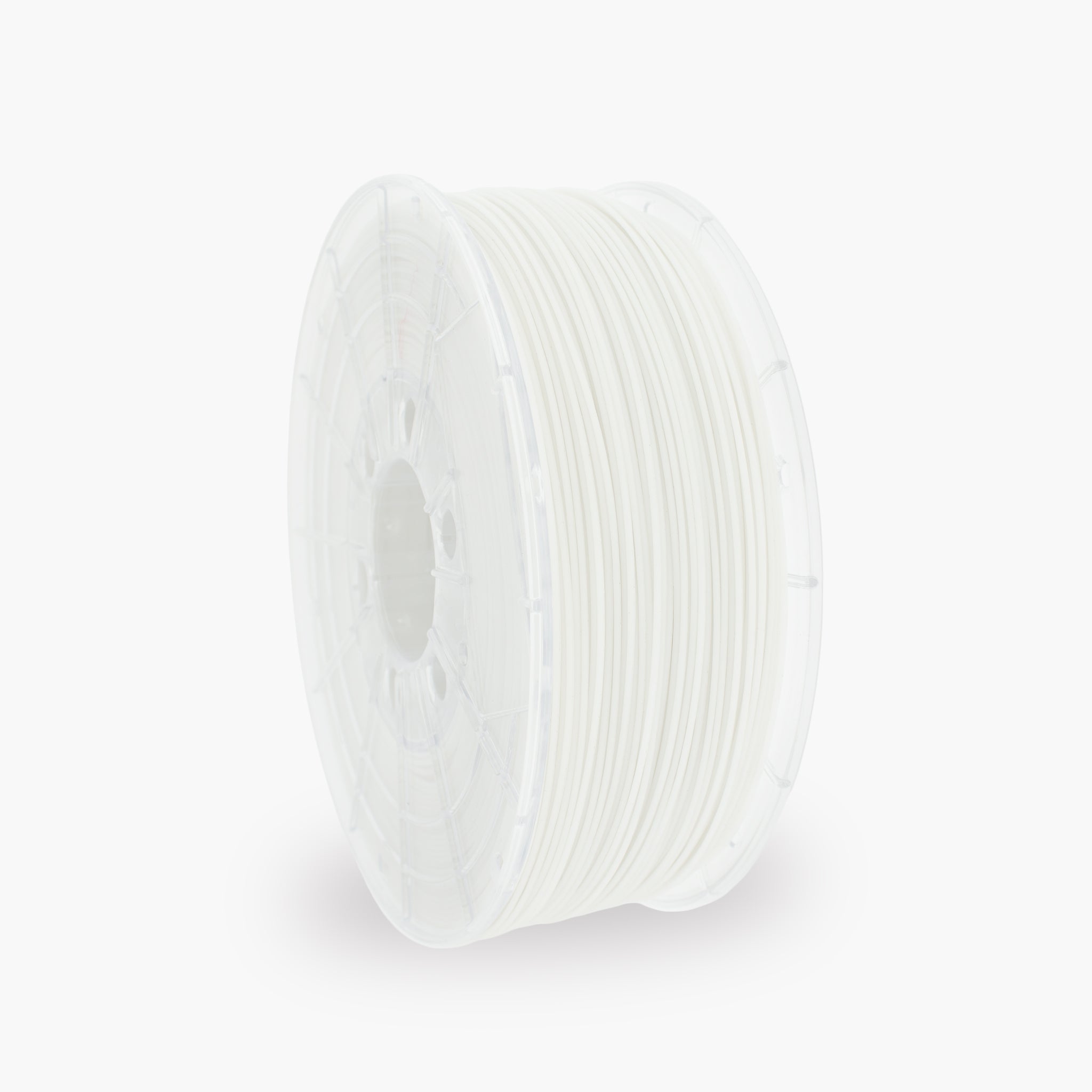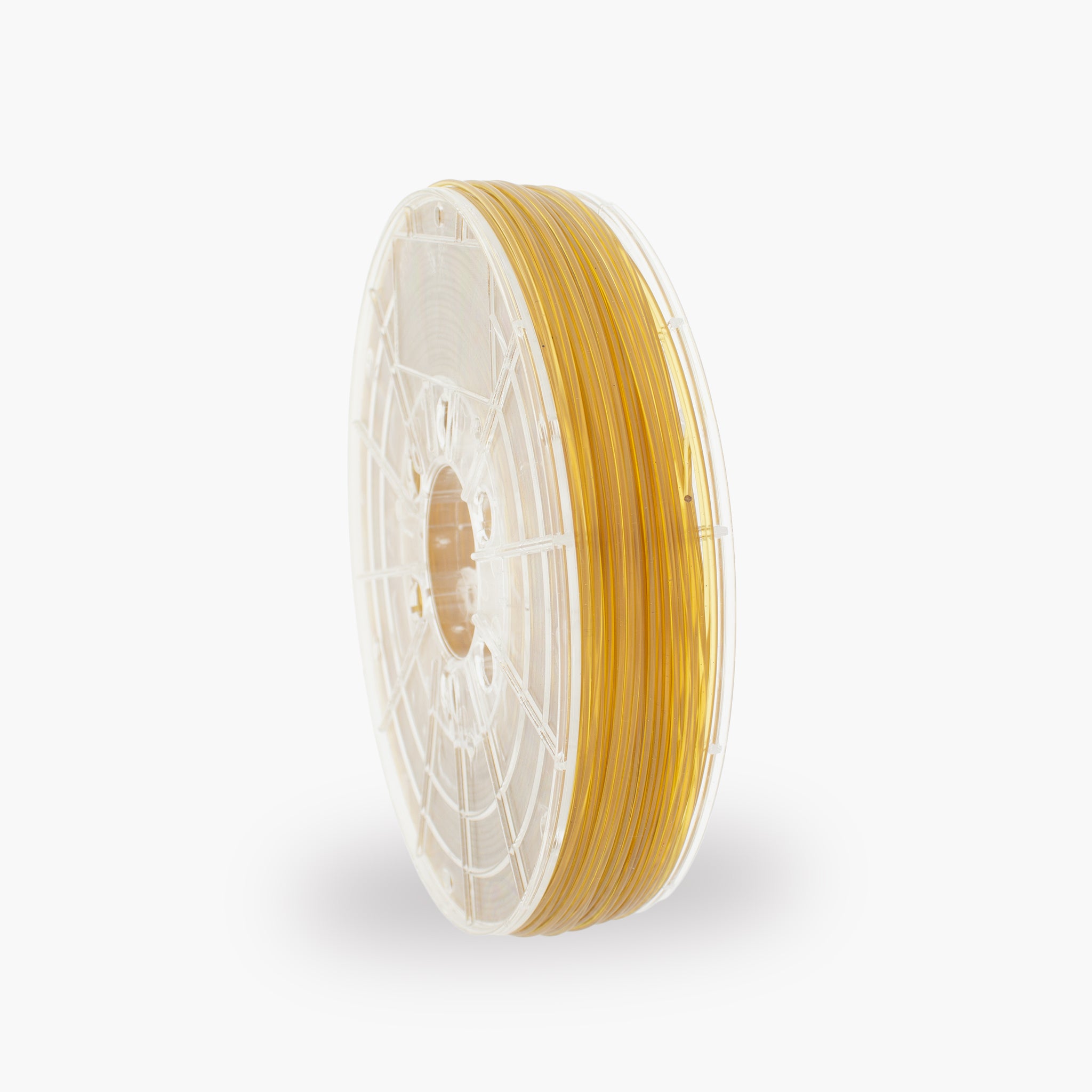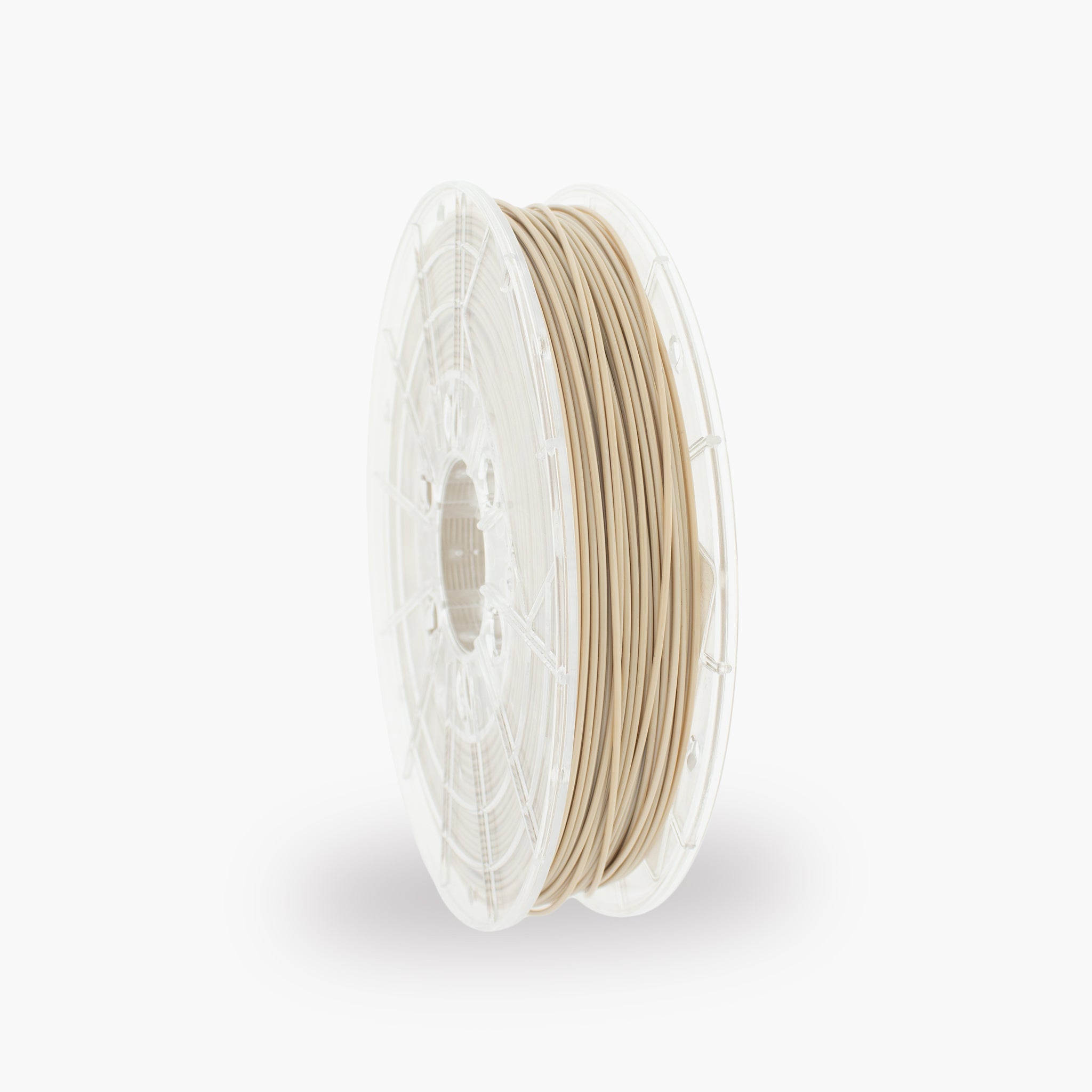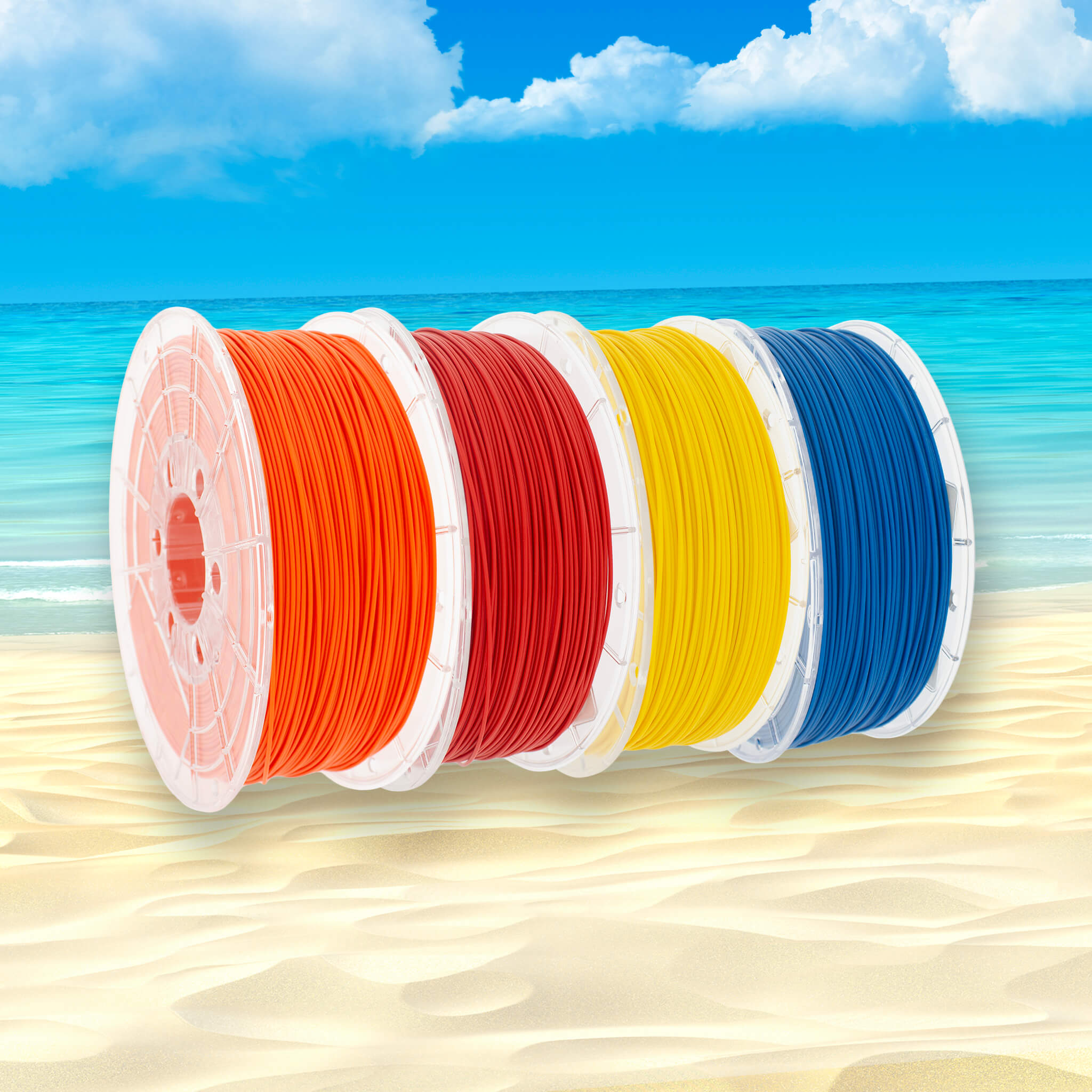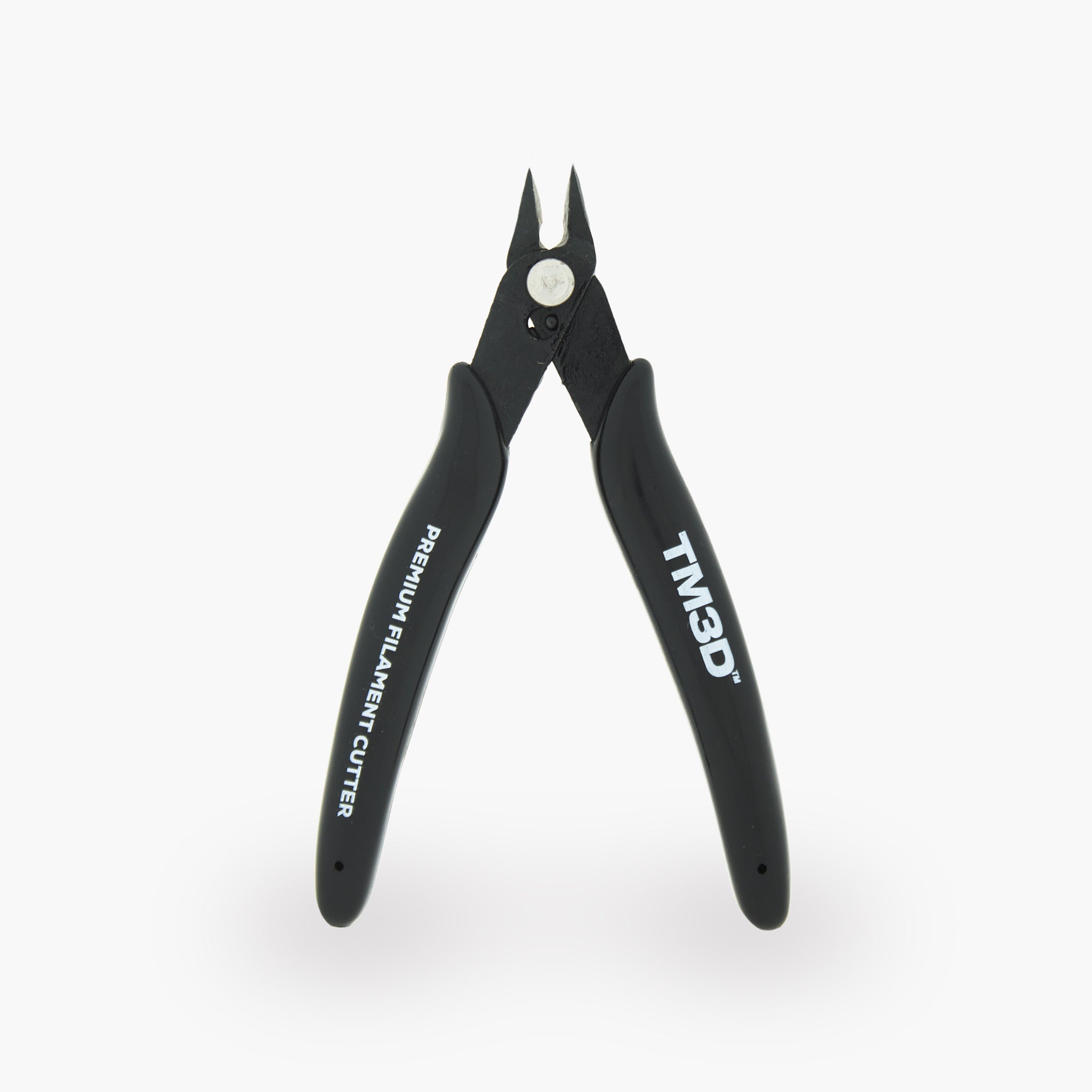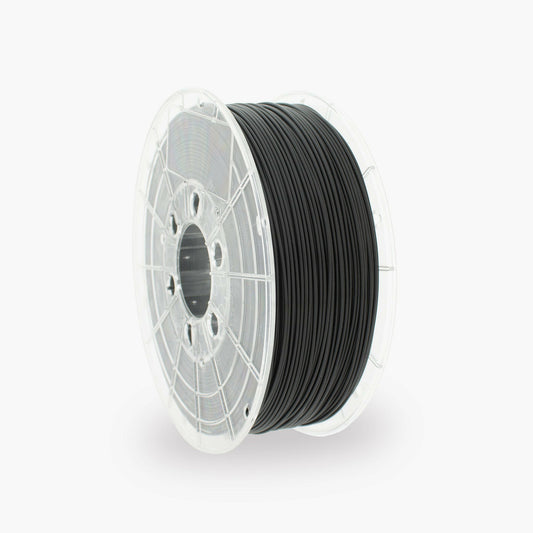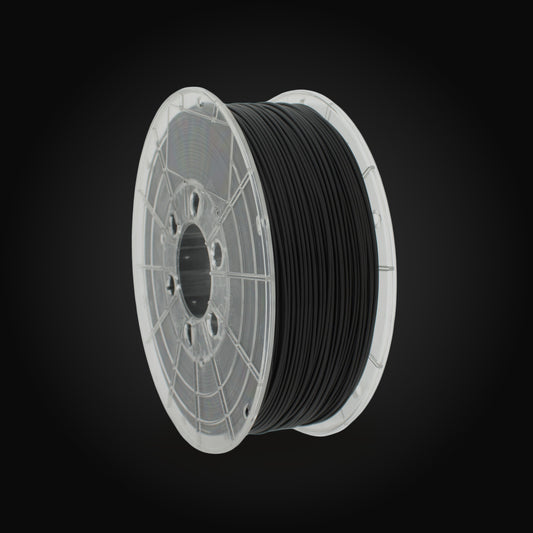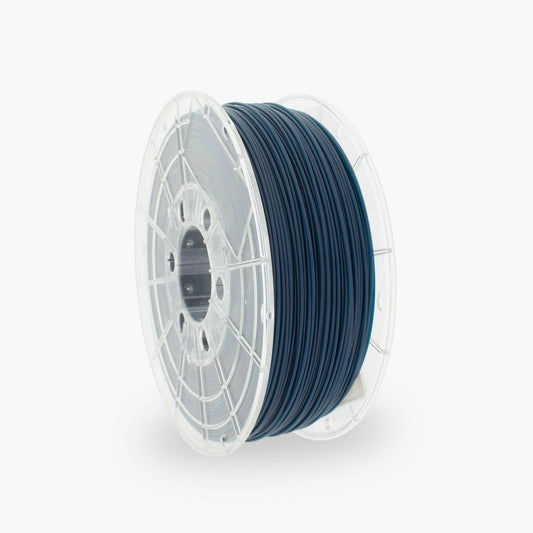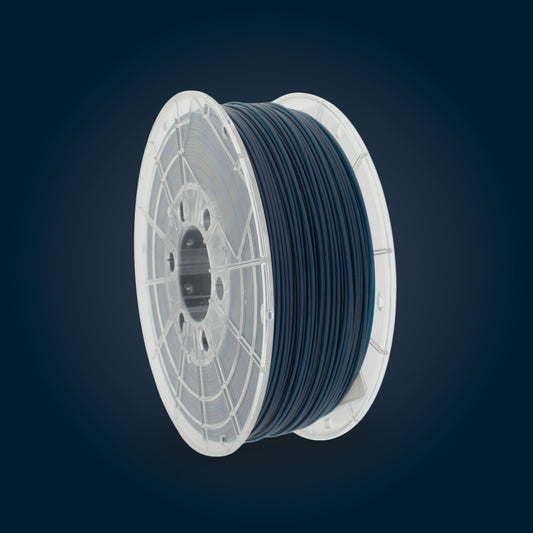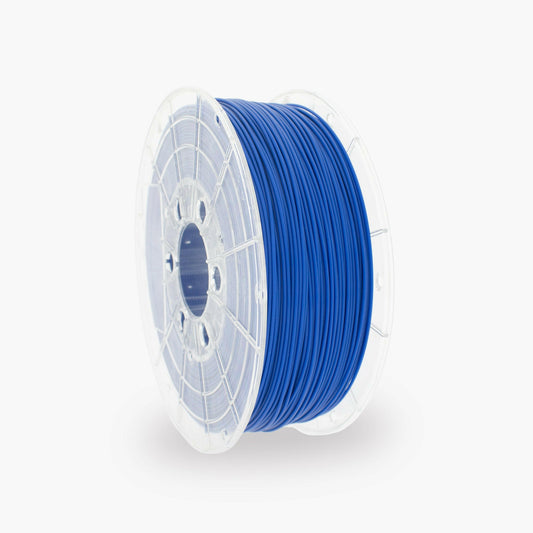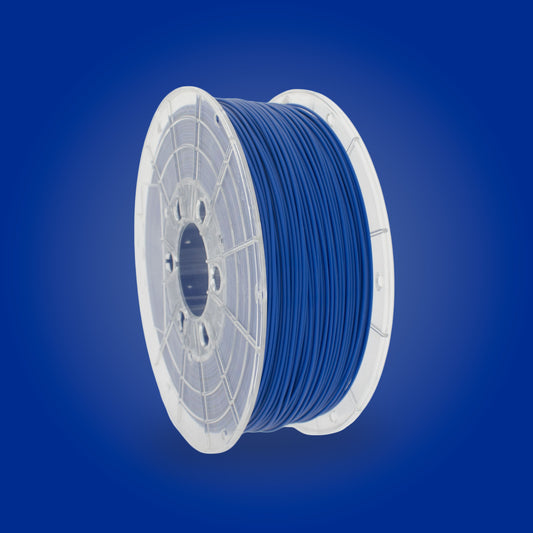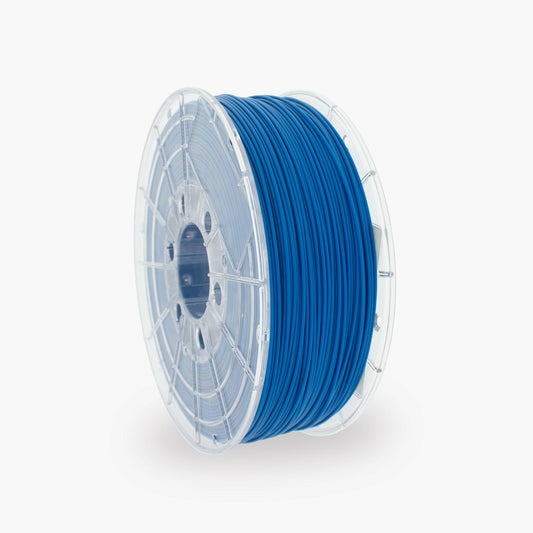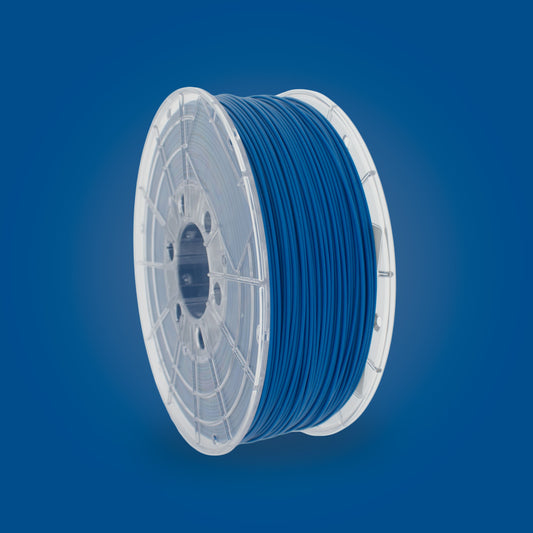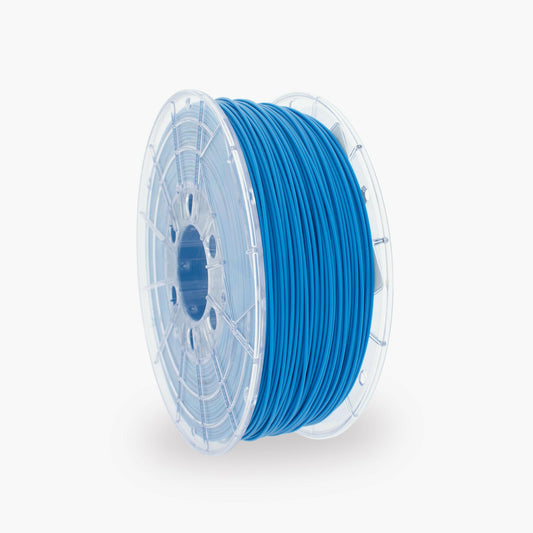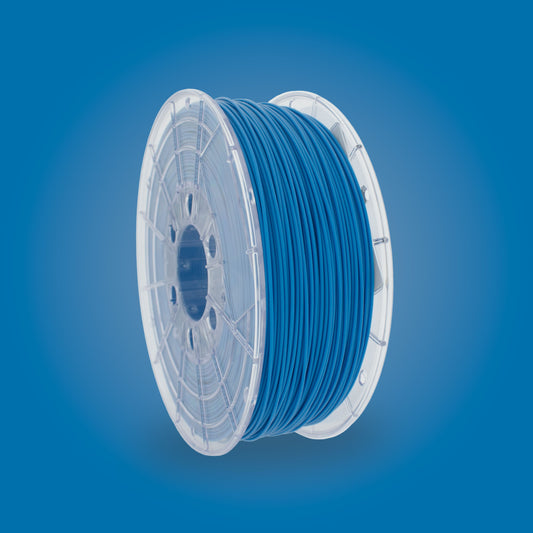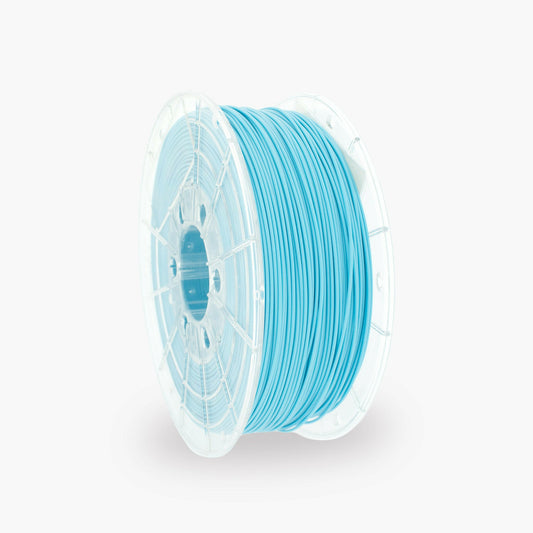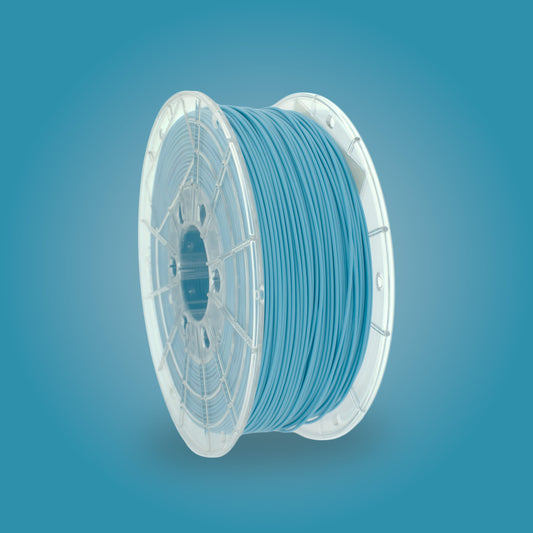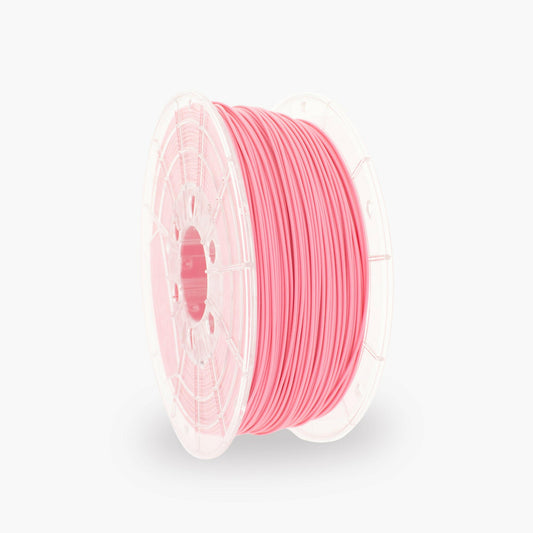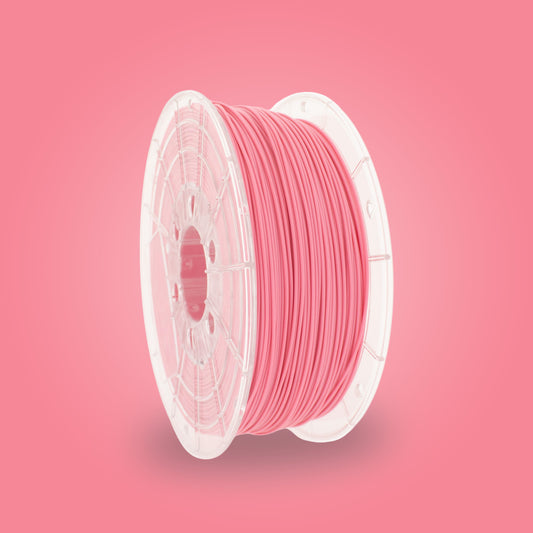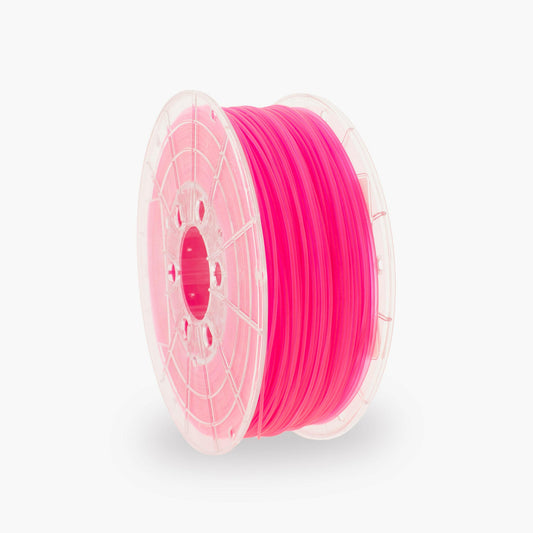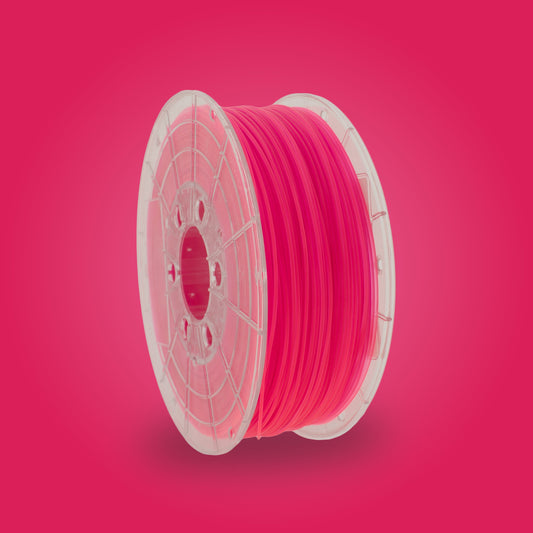Everything you need to know about 3D filament
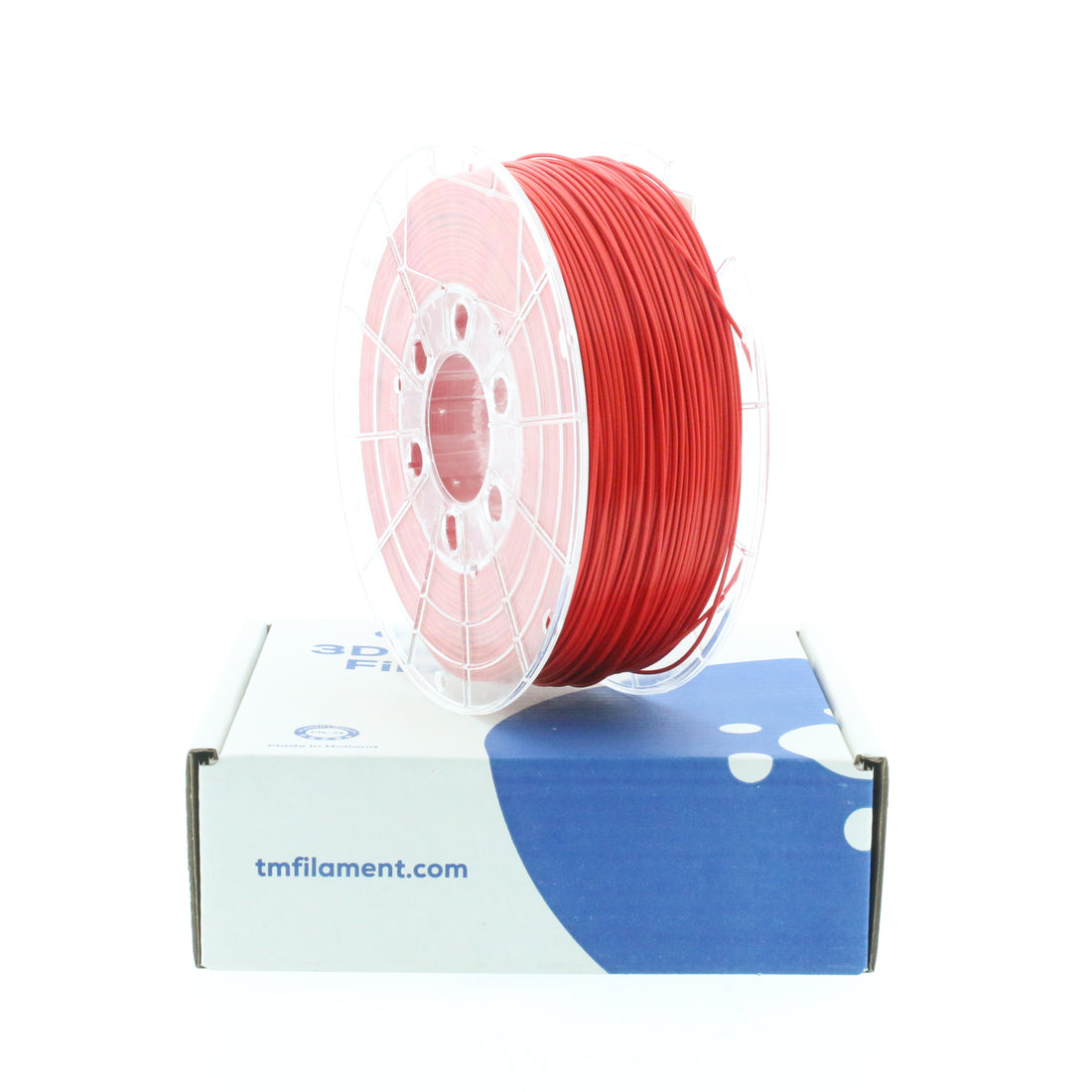
Everything you need to know about 3D filament
If you are a passionate 3D printer enthusiast or interested in starting your journey in 3D printing, then the term "filament" is undoubtedly familiar. Filament forms an essential part of the 3D printing process and offers a wide range of colors and materials to choose from. In this comprehensive blog post, we delve deeply into what 3D filament exactly is, highlight different types of filament, and explore in detail how you can utilize these versatile materials for various applications.
What is 3D filament?
3D filament represents a thin plastic wire used to create three-dimensional objects with a 3D printer. This filament wire is carefully wound onto a spool and then fed into the 3D printer. The printer heats the filament until it melts, after which it is deposited layer by layer to construct the intended object. The filament must have sufficient strength to maintain the desired shape and structure, while also being easily meltable and extrudable.
An in-depth exploration of various types of 3D filament
Selecting the most suitable filament for your project is very important, as it depends on the specific purpose of your 3D printing project and the exact properties you seek in the final object. Here we delve deeper into some of the most prominent types of filament:
PLA Filament: Environmentally friendly and versatile
PLA (polylactic acid) filament is made from biodegradable materials such as corn starch or sugarcane. Its environmental friendliness, non-toxicity, and ease of use are notable features. Due to its lower melting temperature, PLA is ideal for 3D printers with an open build volume. The glossy finish and wide range of colors make PLA excellent for decorative objects, educational models, and prototypes.
ABS Filament: Robust and durable
ABS (acrylonitrile-butadiene-styrene) filament, a thermoplastic polymer, excels in strength and durability. It is resistant to high temperatures and shocks, making it perfect for functional objects and prototypes. Because ABS has a higher melting temperature, it is especially suitable for 3D printers with an enclosed build volume. The matte finish and color variety often make ABS the choice for household items, tools, and mechanical parts.
PETG Filament: Strong and flexible
PETG (glycol-modified polyethylene terephthalate) filament offers an excellent balance between stiffness and flexibility. It is resistant to breakage and tearing and has high chemical resistance. Less prone to warping during printing, PETG is a suitable option for larger objects. With its transparent appearance and color variations, PETG is often used for functional parts, containers, bottles, and prototypes.
TPU Filament: Flexible and resilient
TPU (thermoplastic polyurethane) filament is known for its flexibility and resilience. It can resist wear and has excellent damping properties, making it perfect for prints where flexibility is required, such as phone cases, rubber seals, and shoe soles. With various color options and a low shore hardness, TPU offers countless creative possibilities.
PC Filament: Strong and heat resistant
PC (polycarbonate) filament is a material with impressive tensile strength, stiffness, and heat resistance. It can withstand wear, corrosion, and high temperatures, making it an excellent choice for functional parts and prototypes that must endure extreme conditions. Because PC has a higher melting temperature, it is suitable for 3D printers with an enclosed build volume. With a glossy finish and various color options, PC is often used for mechanical components, housings, and industrial applications.
Wood Filament: Aesthetic and decorative
Wood filament combines plastic with sawdust, resulting in the color, texture, and even scent of wood. This filament adds an aesthetic dimension to 3D print projects, weaving the natural appearance of wood with the precision of 3D printing.
A world of possibilities with 3D filament
The versatility of 3D filament reaches far and inspires a range of creative applications:
- Prototypes: Create prototypes of products quickly and cost-effectively before mass production.
- Household items: Print handy household items such as holders, organizers, and tool accessories.
- Toys: Design and print your own toys, from action figures to puzzles and marble runs.
- Art and decoration: Let your imagination run free and create decorative objects, sculptures, and artworks.
- Functional parts: Manufacture parts such as housings, switches, and gears for practical applications.
- Education: Engage students in hands-on learning by making science and technology tangible with 3D filament.
PLA Samples of 130 grams: Perfect for testing PLA
As a complement to our range, we offer PLA filament samples of 130 grams. These samples are ideal for trying out our PLA filaments before you decide which color and properties best suit your project. This way, you can make your choice with confidence and enjoy a smooth 3D printing process.
With a wide range of filament types and application possibilities, you are ready to let your creativity flourish with 3D printing. Discover the world of filaments and shape your ideas with precision and innovation. We wish you much success in realizing your 3D printing ambitions!
